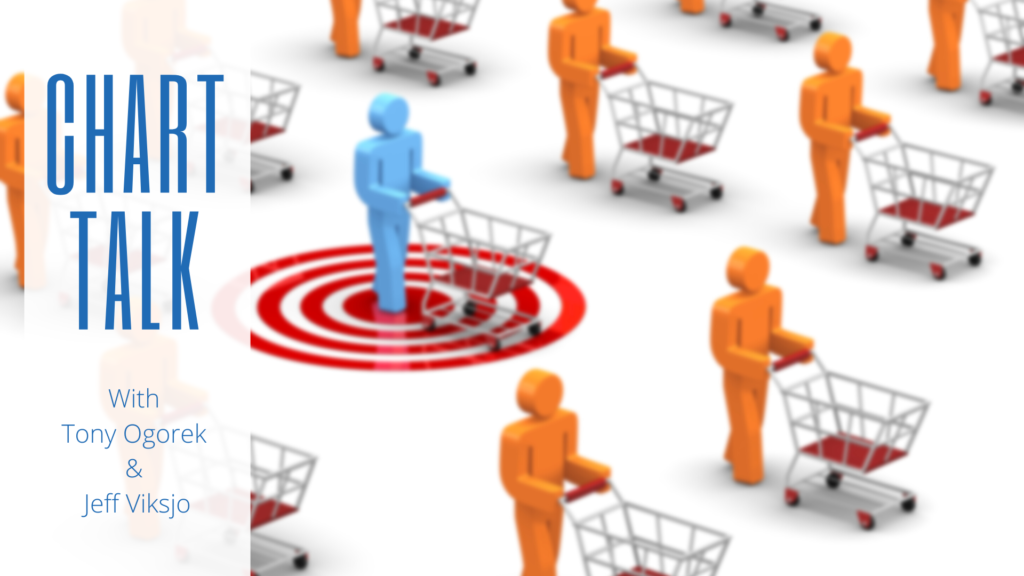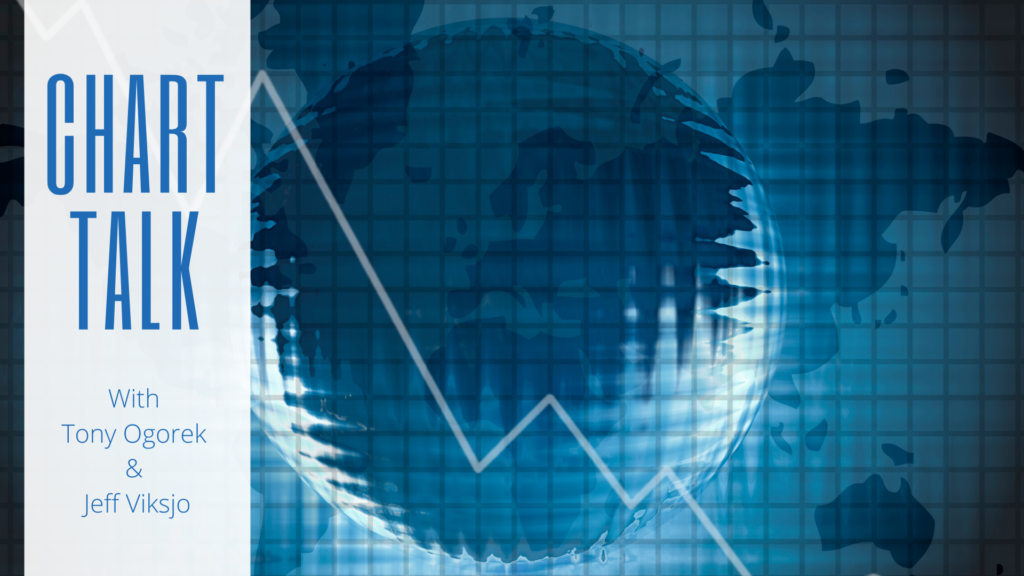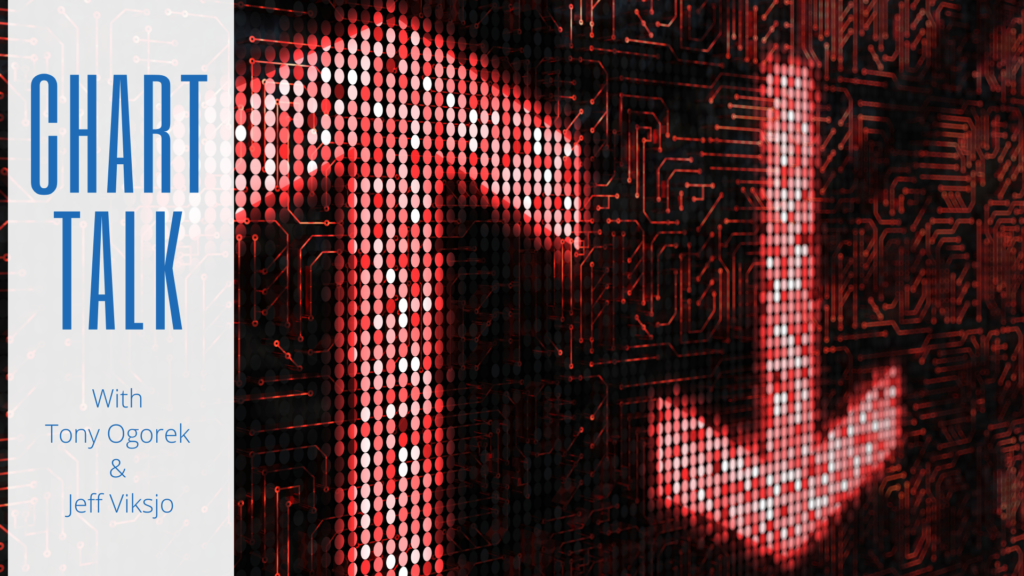A Hidden Driver Of Inflation
Published on: 09/27/2022
In this edition of Chart Talk, Tony Ogorek and Jeff Viksjo discuss the obvious, and sneakier, contributors to inflation.
TRANSCRIPT
TONY:
Welcome to another edition of Chart Talk. I’m Tony Ogorek. I’m here with Portfolio Manager, Jeff Viksjo. And Jeff, Today, let’s see if we can talk about some of the drivers of inflation. Some of them are rather obvious to people because they see them every week. Others are in the background but may have just as powerful an impact. So, we’ve got a couple of charts that may tell the story. Let’s take a look at the first one, which is the price of oil and its impact on financial markets.
JEFF:
Yea, the stock market definitely looks at oil prices as a sign of inflation. This chart shows you, basically, the stock market minus energy companies. So, that’s the blue line, you see it’s traded down for most of the year. And then oil prices are in white, and you can see the line’s right on top of it. But this is oil prices flipped. So, if the line is falling, it means oil prices are rising. You can see the market has really looked at oil prices to see where inflation’s going. If oil prices have been rising, the stock market’s been selling off, because that means inflation’s going up.
TONY:
Yea, and one of the proxies for rising interest rates, is the rate of inflation. So, bottom line is, markets do not like rising interest rates. And the primary tool that the Fed has to knock down inflation, is rising interest rates. So, that’s something which weighs on financial markets, and it’s rather obvious, Jeff, because these gas prices are listed on almost every corner and it’s on people’s minds.
But let’s take a look at another chart, which is a little bit sneakier. And this one takes a look at the number of Americans who are out of the labor force due to Long-COVID. Really interesting look here, isn’t it?
JEFF:
Yea, and when we talk about supply and demand, we tend to think about goods, even like oil, but we don’t really think about the workforce. And the workforce is a measure of supply, and the amount of workers available for companies to hire has gone down, significantly, post-COVID. We measure that, Tony, by the labor force participation rate, we’ve seen that come down. And this chart just gets at one measure of why that’s happening. Why are less people working? Long-COVID has contributed to that. So, there’s currently 16-million people that have Long-COVID and it’s estimated here that that’s pulled about 4-million people, full-time workers, out of the labor pool.
TONY:
Yea, and you know Jeff, there’s sort of a popular idea amongst some people, that people who have left the workforce either have become fabulously wealthy and don’t have to work anymore, or just decided they found some other source of illegal income to provide for their lifestyle. But, you know, we don’t have a stat that we report on regularly about Long-COVID and how many people left the labor force because of it. But bottom line is, if the demand is up, which it certainly is coming out of the COVID recession, and the labor force is down, that is gonna drive prices up for labor, and that’s part of the contributor to inflation.
So, thank you Jeff. And thank you for watching this latest edition of Chart Talk.
Similar Videos
Deprecated: preg_replace(): Passing null to parameter #3 ($subject) of type array|string is deprecated in /home/ogorek_dev_minerva/ogorek.minervawddev.com/wp-includes/kses.php on line 1805
PLEASE SEE IMPORTANT DISCLOSURE INFORMATION HERE.


